Top Things to Know Before Buying Common Indoor Plants
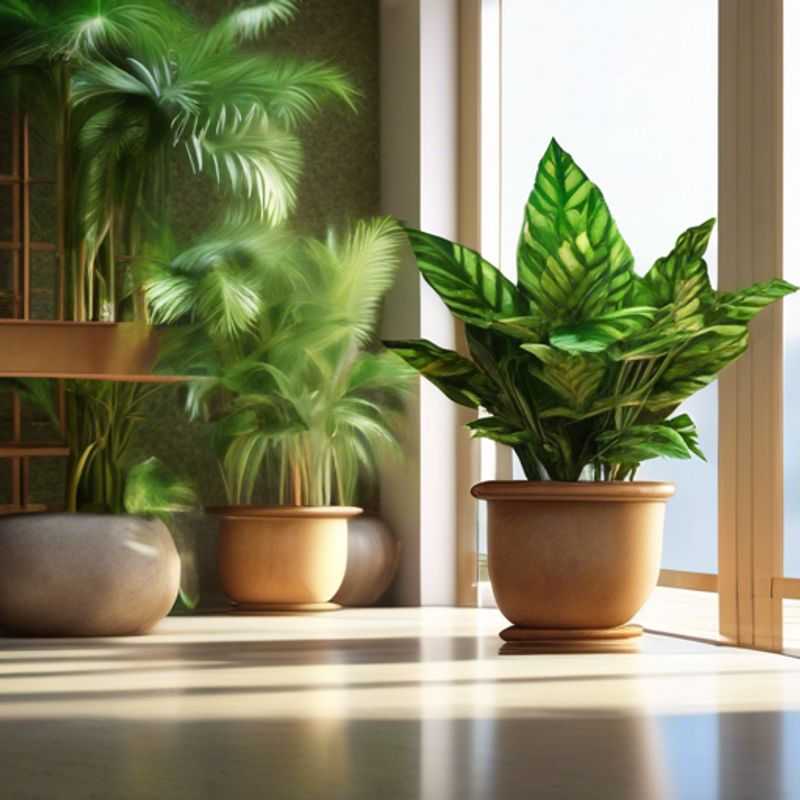
Top Things to Know Before Buying Common Indoor Plants: A Deep Dive into Care Requirements, Lighting, Drainage, Watering, Temperature, Pests, and Growth
Ah, the allure of indoor plants! They bring life, color, and a touch of the outdoors into our homes. But before you embark on this green adventure, there are a few key things to know to ensure your leafy companions thrive.
First, research is your best friend. Each plant species has its unique needs. Some crave bright light, others prefer shade. Some are thirsty souls, others prefer to dry out between waterings.
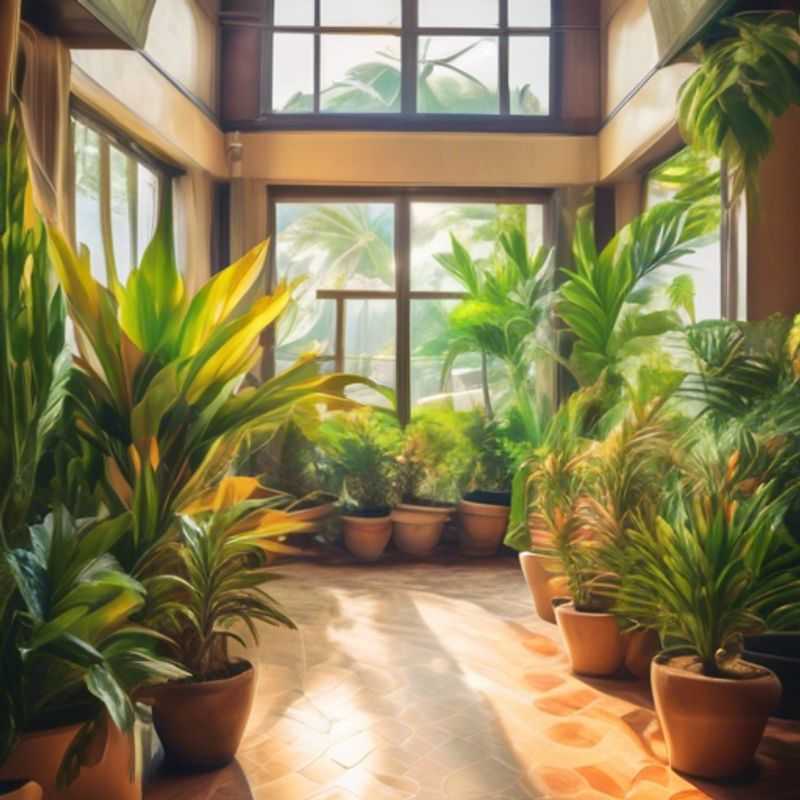
Unlocking the Secrets of Indoor Plant Care: Researching Specific Needs for Thriving Greenery
Bringing a new plant home is exciting, but before you welcome it into your indoor jungle, it’s crucial to do your research and understand its specific care requirements. You wouldn’t feed your dog cat food, right? The same applies to your plants! Researching ensures you provide the best possible environment for your new leafy friend to thrive.
First, identify the plant species correctly. Misidentification can lead to incorrect care, which can have negative consequences for the plant's health. Once you know the species, delve into its specific needs. Light is one of the most important factors. Some plants thrive in bright, direct light, while others prefer indirect, filtered light. Too much or too little light can lead to stunted growth or even death.
Watering is another crucial aspect. Each plant species has its own watering preferences. Some prefer consistently moist soil, while others tolerate drier conditions. Overwatering is one of the most common causes of plant death, so understanding your plant's watering requirements is crucial.
Humidity is another key consideration. Some plants, like ferns and orchids, need high humidity levels. If your home's air is dry, you may need to take steps to increase humidity, such as using a humidifier or placing the plant on a pebble tray filled with water.
Soil is essential for plant health. Different plants require different soil types. Some prefer a rich, well-draining soil, while others prefer a more acidic or sandy soil. The right soil mixture will ensure proper drainage and provide the plant with the necessary nutrients.
Finally, temperature is also an important factor. Most indoor plants thrive in temperatures between 65-75 degrees Fahrenheit. Keep your plant away from drafty areas and cold windows to prevent temperature shock.
Researching your plant's specific care requirements may seem like a lot of work, but it's the best way to ensure its long-term health and happiness. Remember, a happy plant is a healthy plant, and a healthy plant will bring joy to your home for years to come.
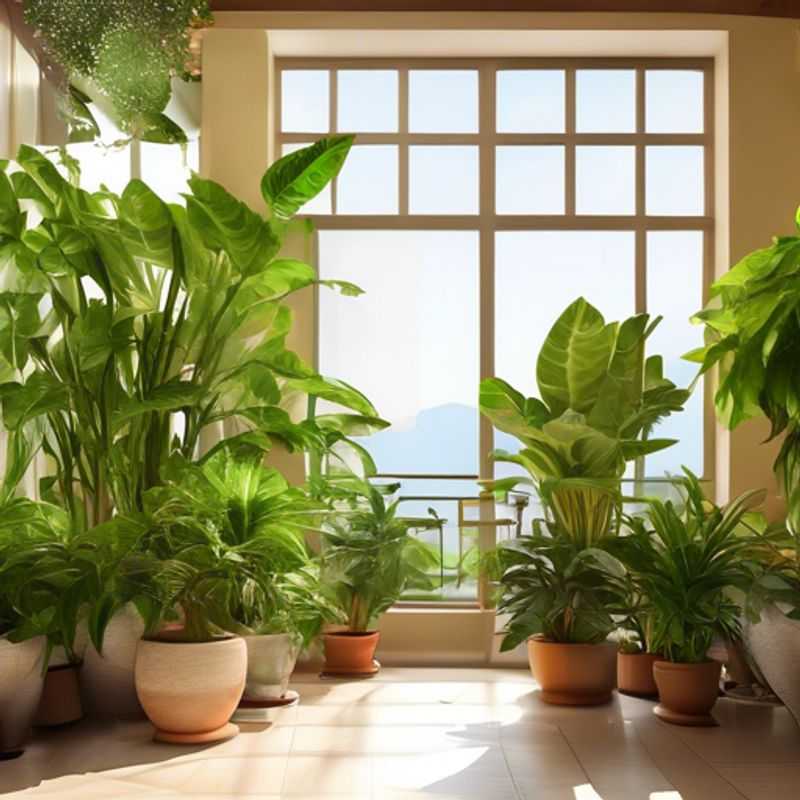
Light It Up: How Natural Light Affects Your Plant's Well-Being
Plants need sunlight to thrive. The amount of light a plant needs will vary depending on the species, and understanding this is crucial for its well-being. Choosing a plant that suits the light conditions in your space is paramount.
Natural light comes in different intensities. A plant that thrives in a sunny window may struggle in a shady corner. Knowing your space's light conditions can help you select the right plant and give it the best chance of survival.
Consider these factors when assessing your space:
• **Sunlight Duration:** How many hours of direct sunlight does the space receive each day?
• **Sunlight Intensity:** Is the sunlight mostly indirect or direct?
• **Window Direction:** A south-facing window typically receives more direct sunlight than a north-facing window.
By understanding these factors, you can ensure your plant receives the light it needs to flourish.
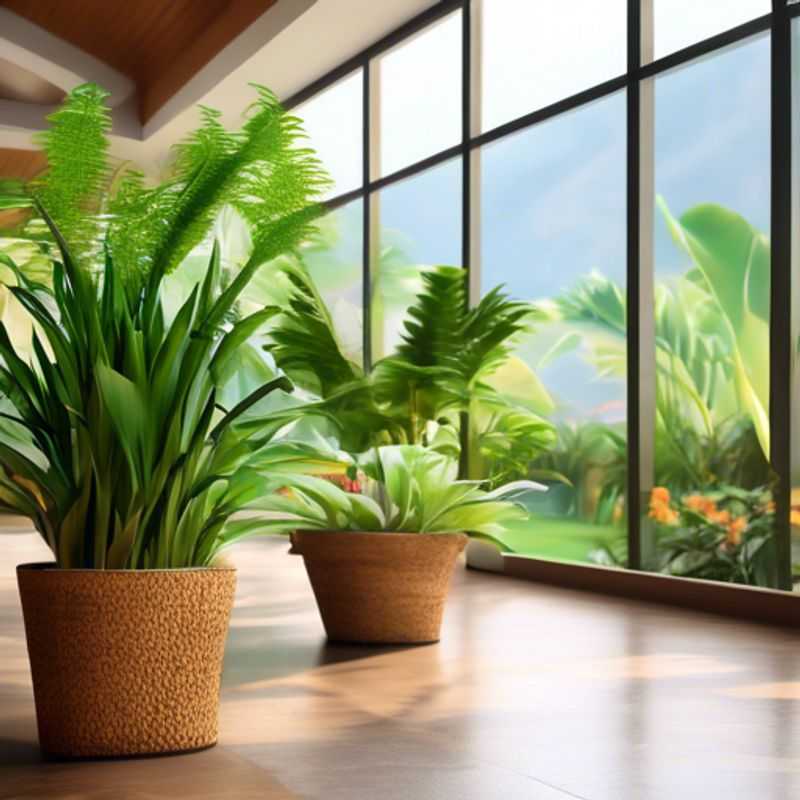
Preventing Root Rot: Ensuring Proper Drainage for Your Plants
Root rot is a common problem for plant owners, and it can be caused by a variety of factors, including overwatering. When soil is too wet, it can create an environment where harmful bacteria and fungi can thrive. These organisms can then attack the roots of your plants, causing them to rot and die.
To prevent root rot, it's important to ensure that the container or pot you're using has adequate drainage. This means that the container should have drainage holes in the bottom to allow excess water to escape. You should also choose a potting mix that is well-draining.
Here are some tips for ensuring adequate drainage:
• Use pots with drainage holes.
• Place a layer of gravel or pebbles at the bottom of the pot to improve drainage.
• Choose a potting mix that is well-draining.
• Water your plants only when the top inch of soil is dry.
• Avoid overwatering your plants.
By following these tips, you can help to prevent root rot and keep your plants healthy and thriving.
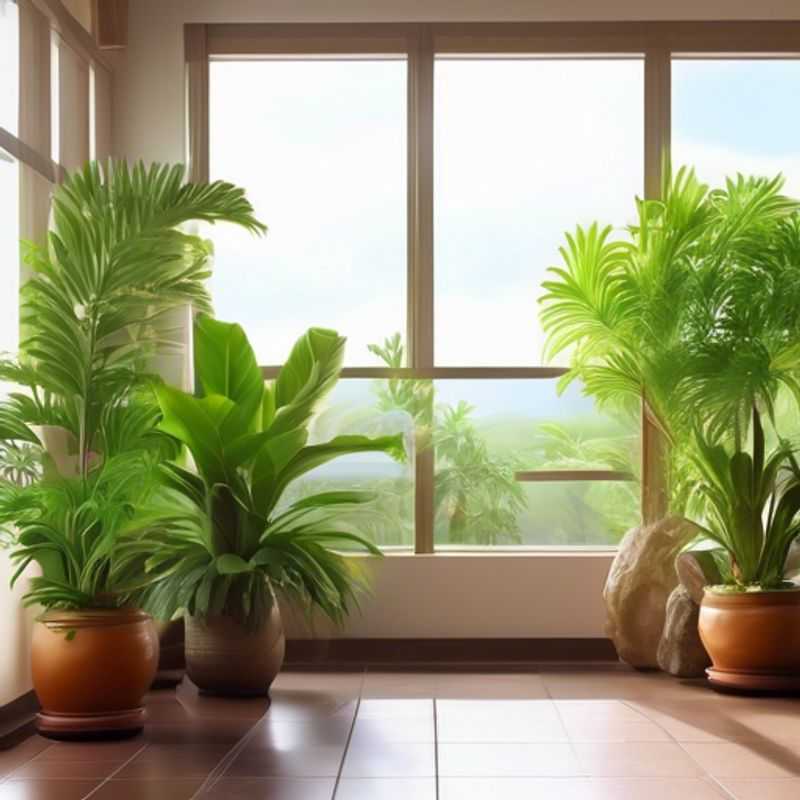
Watering Wisdom: Balancing the Scales for Thriving Plants
Water is essential for plant life, but it's a delicate balance. Overwatering can suffocate roots, leading to rot and disease. Underwatering, on the other hand, can cause wilting, stunted growth, and even death. The key is to find the "just right" amount for your specific plant.
The best way to determine a plant's water needs is to feel the soil. Stick your finger about an inch deep – if it feels dry, it's time to water. If it's still moist, wait a bit longer.
Consider the type of plant you have. Some, like succulents, prefer drier conditions. Others, like ferns, thrive in consistently moist soil.
Drainage is also crucial. Make sure your pots have drainage holes to prevent water from pooling at the bottom.
Remember, consistent watering is better than infrequent, heavy watering. Aim for regular, moderate watering sessions to keep your plants happy and thriving.
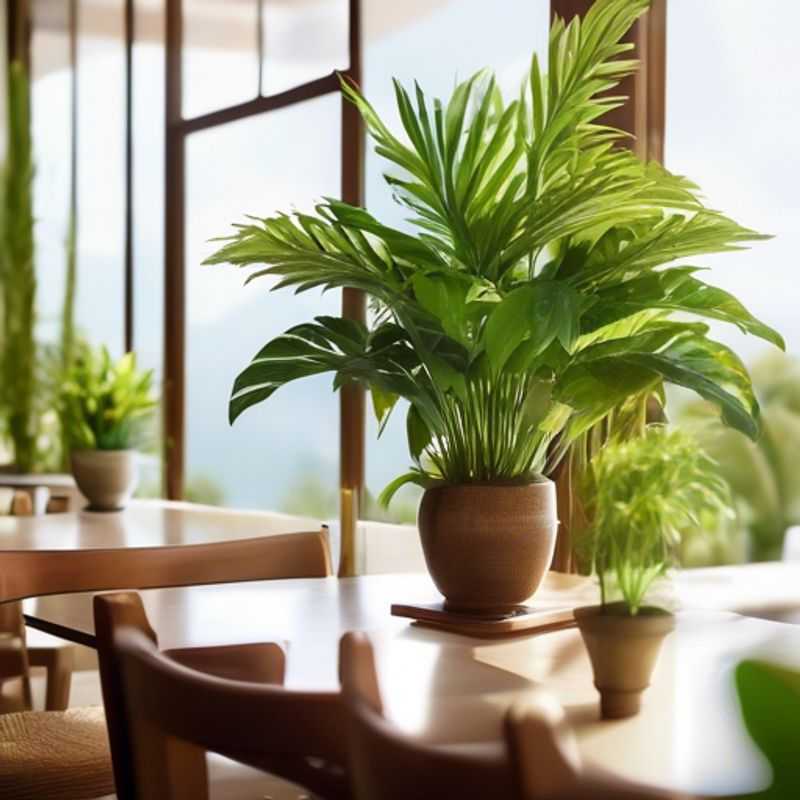
Unveiling the Secrets: Optimal Temperature and Humidity for Plant Growth
Plants, like all living things, have optimal temperature and humidity levels for growth. Understanding these needs is crucial for cultivating healthy and thriving plants. Generally, most plants thrive in temperatures between 65-75°F (18-24°C), with some variations depending on the specific species. However, certain plants prefer cooler or warmer conditions. For example, succulents can tolerate higher temperatures, while ferns prefer cooler environments.
Humidity levels also play a significant role in plant growth. Most plants need humidity levels between 40-60%. When humidity is too low, plants can experience wilting and leaf drop. On the other hand, excessive humidity can lead to fungal diseases. Monitoring the humidity levels is essential for providing optimal growth conditions.
Providing adequate ventilation and utilizing humidifiers or dehumidifiers can help adjust humidity levels as needed. Regularly checking the soil moisture and ensuring proper drainage are also essential factors that influence humidity levels in the plant's environment.
Observing your plants for signs of stress, such as drooping leaves or discoloration, can indicate issues with temperature or humidity. Understanding the specific needs of your plant species and adjusting the growing environment accordingly can make a significant difference in their health and growth.
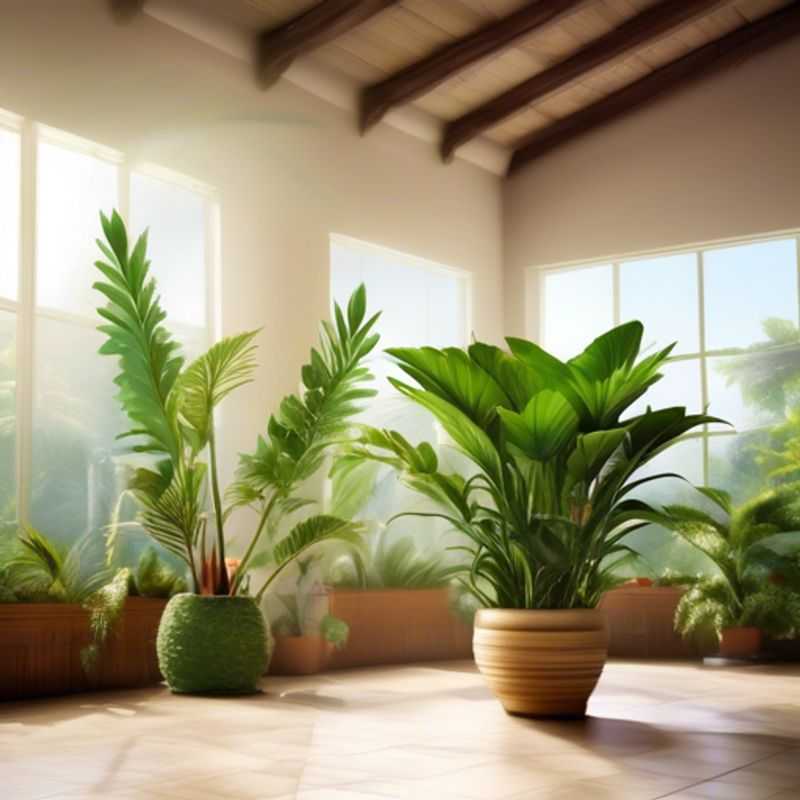
Indoor Plant Defense: Recognizing and Battling Common Pests and Diseases
Indoor plants, while lovely additions to the home, can be susceptible to pests and diseases. Familiarizing yourself with common culprits can help you catch problems early and prevent them from spreading.
Common Pests:Spider mites are tiny, red-brown creatures that spin webs and suck sap from leaves. Mealybugs are white, fuzzy insects that leave behind a sticky residue. Scale insects are small, hard-shelled creatures that also suck sap. Aphids are small, soft-bodied insects that often cluster on leaves and stems.
Common Diseases:Root rot is a fungal disease caused by overwatering. Leaf spot is caused by fungi or bacteria and appears as brown or black spots on leaves. Powdery mildew is a fungal disease that appears as a white, powdery coating on leaves. Botrytis blight is a fungal disease that causes brown, mushy spots on leaves and stems.
Prevention is Key:Regularly inspect your plants for signs of pests or diseases. Quarantine new plants for a few weeks to ensure they are pest-free. Maintain good airflow around your plants to prevent humidity buildup. Avoid overwatering, which can create favorable conditions for root rot.
Treatment: For pests, consider using insecticidal soap or neem oil. Isolate infected plants to prevent the spread of diseases. For fungal diseases, remove infected leaves and ensure good air circulation.
Remember, early detection and prompt action are crucial for managing pests and diseases in indoor plants. If you are unsure about treatment methods, consult a local gardening expert.
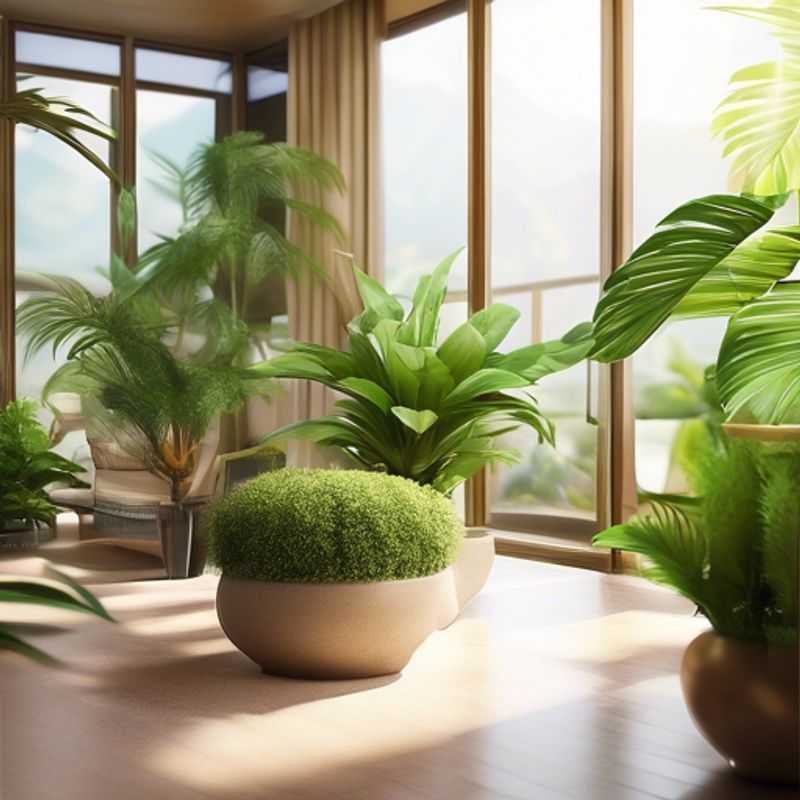
Choosing the Right Container: Understanding Plant Growth & Size
Choosing the right container for your plants is crucial for their health and growth. Understanding the plant's expected growth rate and mature size is essential. A container that is too small will restrict root growth, leading to stunted development and potential stress. Conversely, a container that is too large can lead to overwatering and root problems.
Consider the plant's mature size, not just its current size. For example, if you're planting a small seedling that will eventually grow into a large tree, you'll need a container that can accommodate its mature size.
Growth rate also plays a role. Fast-growing plants require more frequent repotting than slow-growing plants. Therefore, choose a container that allows for ample room for the plant to grow over its expected lifespan.
Check the plant's root system. A plant that is root-bound (roots circling the inside of the container) needs a larger container to allow for root expansion. If you're unsure, you can gently lift the plant out of its current container to inspect the roots.
Consider the type of container. Pots made of different materials can affect the drainage and aeration of the soil, impacting plant growth. Terracotta pots are porous and allow for good drainage, while plastic pots retain moisture longer.
When in doubt, err on the side of a larger container. It's easier to downsize a plant than to try to transplant it into a larger container once it has become root-bound.
